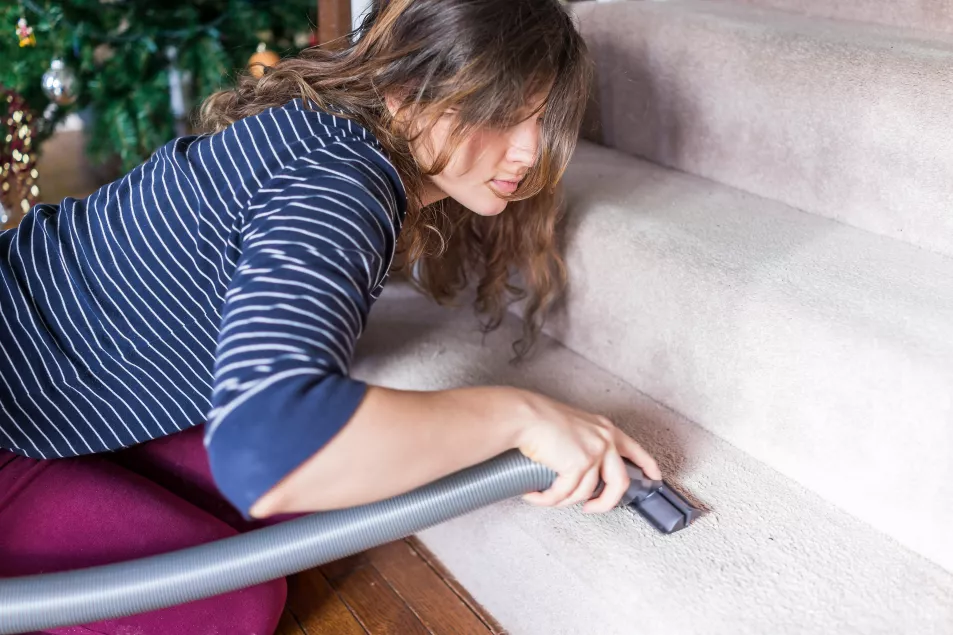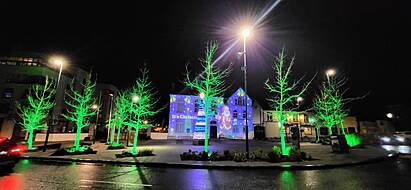Decorating the Christmas tree, hanging the wreath on the door and pinning up the stockings are a magical part of Christmas.
But when we only see them once a year, what impact might our decades-old decorations be having on our health?
“Although we do spend a lot of time cleaning our homes ahead of the festive season, quite often the condition of our Christmas decorations are an afterthought, so it could be years in between cleaning,” explains Jordan Harvey, managing director, of cleaning company Hashtag Clean.
So, what health horrors might our homes be hiding at Christmas?

Mould
Damp lofts and storage areas could lead to your decorations getting mouldy.
“If not kept clean and stored correctly then decorations could become damp and dusty – potentially becoming a breeding ground for mould and mildew,” explains Harvey.
Mould can be very damaging to your health. It can irritate your eyes, and skin, cause coughs and a blocked or runny nose.
“Mould could cause a flare-up of any allergies or affect asthma sufferers, which in the worst cases could lead to respiratory issues.
Your Christmas tree will have an impact on mould and allergies, too.

“Choosing artificial trees can be the best choice if there are allergies in the home as real trees could increase mould spores in the air, especially when it’s cold and windows are mostly closed,” Harvey says.
Dust
Putting your Christmas decorations out without dusting and cleaning them first could be really bad for your health.
“Decorations obviously attract dust and dirt from the air and from handling,” explains resident cleaning expert at MyJobQuote, Sarah Dempsey.
“The ornaments on your tree are most likely to get dust and pet hair on them, as these float in the air and stick to any surface.”
Where you hang decorations will impact the dirt and dangers on them.
“If you have Christmas decorations in your kitchen, then they will pick up grease particles from the air. Dust then sticks to the grease, making them even trickier to clean,” says Dempsey.
And dust is not just annoying to clean, it has some serious health implications.
“Dust consists of minute particles of debris and dead skin cells. These particles are small enough to be inhaled and can trigger a reaction from your immune system. Depending on each individual, this reaction may be major or minor,” says Dempsey.
“One of the most common reactions to dust is sneezing, but it can also cause coughing and eye irritation, and may trigger an asthma attack in those who suffer from asthma. Long-term exposure to dust can be harmful, particularly for people with existing health conditions such as heart disease or emphysema,” she explains.
Pests

“Real Christmas trees or wreaths will undoubtedly contain bugs and insects. The majority of these pests don’t pose a danger to you or your family’s health and many will die within a few days of being in a warm environment,” says Dempsey.
But other pests could cause problems.
When storing decorations after Christmas, “put them in strong plastic containers with lids and not cardboard boxes. Cardboard is the perfect nesting material for mice and rats who will gnaw through them. Rats urinate and spread diseases such as leptospirosis and salmonella,” she explains.







